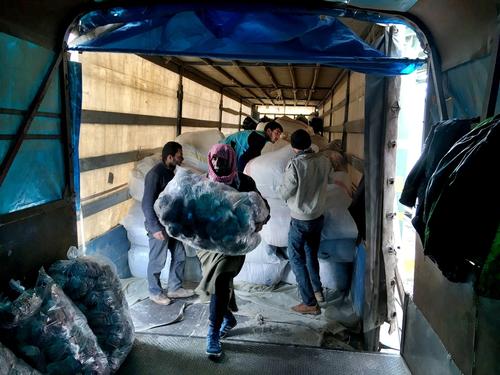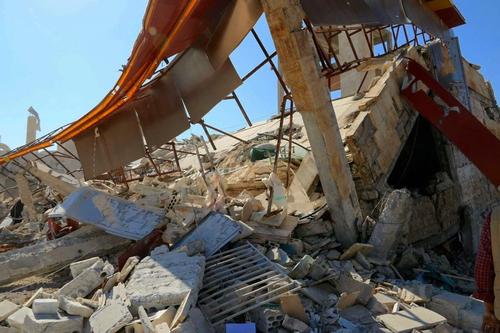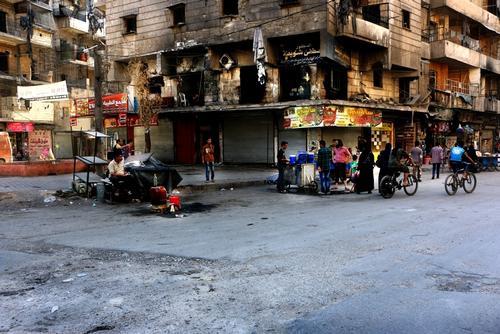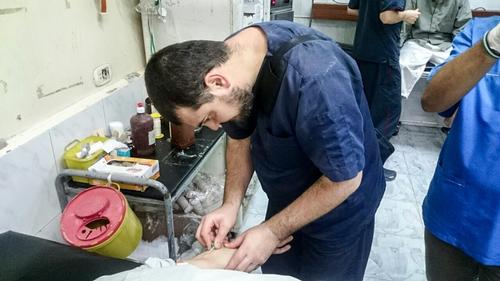Although the cease-fire and the humanitarian convoys have contributed to a decrease in humanitarian consequences of the conflict, the situation remains critical in many besieged areas, claims Médecins Sans Frontières (MSF).
“The catalogue of horror continues virtually unabated in many besieged areas,” says Dr Bart Janssens, MSF Director of Operations. “Over the past two weeks in the besieged areas in Damascus region a doctor has been shot dead by a sniper, two of the field hospitals we support have been bombed, besieged neighbourhoods continue to be shelled, and medical aid is still blocked or restricted.”
“We reiterate our call for an end to indiscriminate or targeted violence on civilians or civilian areas,” says Dr Janssens. “And we stress again the urgent need for medical evacuations and for unhampered and sustained humanitarian supplies to be permitted to pass freely into all areas where people are in need, with the priority being areas that are under siege.”
Last remaining doctor in Zabadani shot dead
Last week the only medical doctor remaining in the besieged town of Zabadani, and a member of a rescue team, were shot dead by a sniper after treating a patient.
In most besieged areas there are few medical doctors left, in some places none left at all. Some have fled for their lives and many have been killed in bombings or shellings. MSF documented 23 Syrian health personnel supported by the organisation who were killed in 2015 and 58 who were wounded.
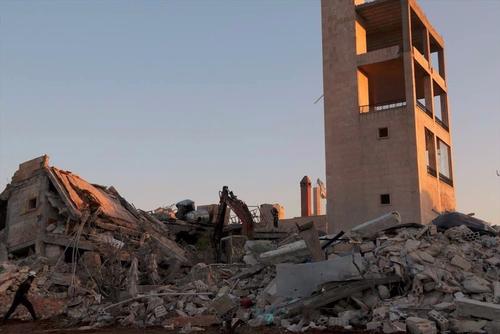
In some besieged areas, it is common to see medical or nursing students with limited training who are learning by doing. They strive to the best of their ability, and while MSF tries to provide technical advice and support from a distance, this makes it impossible for any technically difficult medical care to be provided, and also makes correct diagnosis of medical conditions extremely challenging.
Two hospitals bombed
Last week two MSF-supported field hospitals, a nearby school and inhabited buildings in besieged East Ghouta suburbs were bombed, leading to at least 38 killed and 87 wounded, of whom 5 wounded medical staff.
The medics in these areas have only received extremely limited supplies over recent months, and rely mostly on MSF and other humanitarian organizations’ support to source medical supplies through clandestine methods.
Over the past few weeks several besieged areas in Damascus region where MSF provides support to Syrian medical facilities have been hit by shelling attacks, including Al Marj, Deir Al Safir and Zebdine.
Medical items removed from convoys
Even when the rare international aid convoys are allowed to go to besieged areas, MSF-supported medics report that essential life-saving medical items such as surgical and anesthetic supplies and blood bags are missing; and there are usually grossly insufficient quantities of IV fluids. These are exactly the items that are vital to treat victims of bombings or shelling, as well as essential to treat accidental trauma and for caesarian sections or some complicated deliveries. The UN has recently declared that 80,000 medical treatments have been excluded or removed from their convoys so far in 2016.
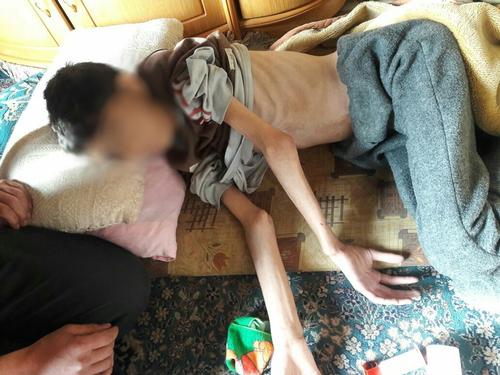
Medical evacuations still denied
From the 40 MSF regularly-supported medical facilities in besieged areas in the Damascus-region, very few patients have been authorized for medical evacuation, despite long lists of patients that are in critical condition and require life-saving treatment that is simply not available in their area. In Madaya, over the past week five people died, three of whom could probably have been stabilized and treated if urgently-called-for medical evacuations had been permitted (a child who died a few hours after an accident when playing with an unexploded device without having been able to be evacuated, 1 elderly person from a suspected cerebro vascular disease and 1 young man who died from malnutrition).
Malnutrition
Despite the convoys, more than a hundred malnutrition cases have been identified by the local medical team in Madaya and 7 cases of severe malnutrition have been diagnosed in Madamiyeh.
Total sieges still imposed
Some areas, such as Daraya and Duma, remain completely blocked for any official humanitarian access, and repeated closure of access in the besieged neighborhoods of Barzeh, near Damascus, and El Waer, near Homs, are alarming.
NOTES TO EDITORS: In areas where security permits, MSF runs six medical facilities across northern Syria. In much of the country the intensity of the conflict and the lack of official authorization from the government prevent MSF from running health facilities. MSF provides regular support to more than 70 Syrian medical facilities and provides occasional donations of medical supplies to around 80 other Syrian health structures. There is a particular focus on providing support to medics in besieged areas. These supported facilities are run by Syrian medics, without MSF staff present.



